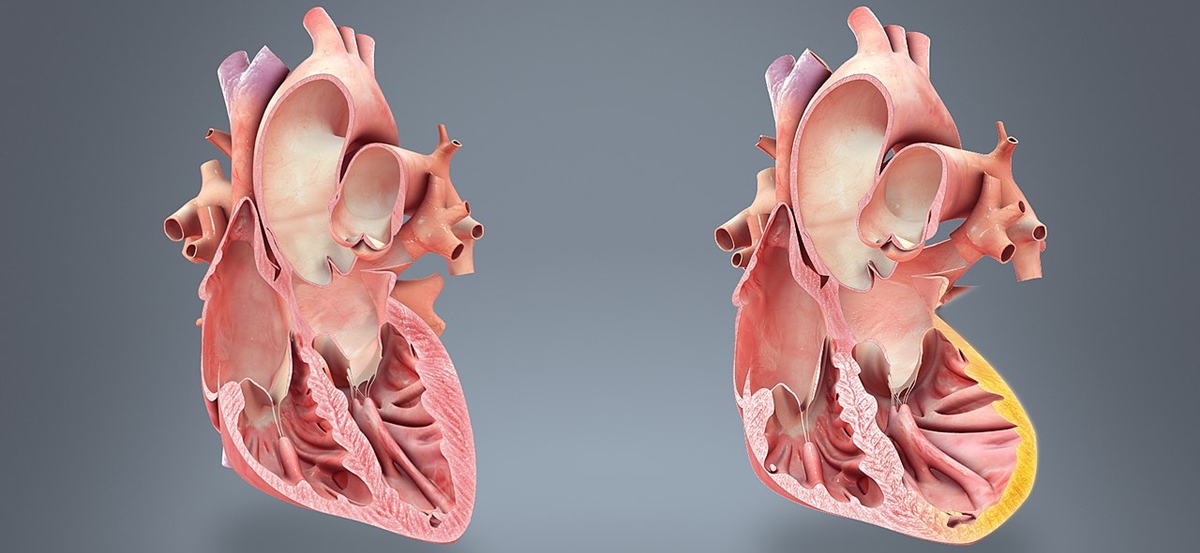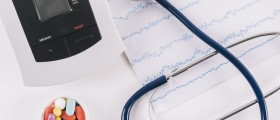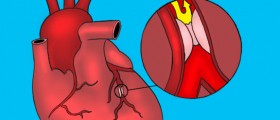Myocardial infarction or heart attack is a life-threatening condition, and the treatment has to start on time. This means the very diagnosis has to be established immediately. The majority of doctors are aware of the symptoms and signs of heart attack, and the patients are taken care of rather quickly. However, even prompt therapy sometimes is not efficient because the infection may affect large heart arteries and damage wide portions of the heart muscle.
Myocardial Infarction Treatment
After the diagnosis is set the treatment starts right away. Medications that are administered include antiplatelets, nitrates, beta-blockers, calcium channel blockers, ACE inhibitors and so.
Antiplatelets such as Aspirin are mainly used in the prevention of myocardial infection. They reduce the chance of clot formation. Nitrates such as nitroglycerin are given to the patient orally. He/ she places the tablet under the tongue as the absorption is greatest on this spot. In case there are no nitrates available ACE inhibitors may be equally helpful.

These drugs like nitroglycerin prevent constriction of blood vessels, therefore, allow the heart to be supplied with more blood. Captopril, Monopril, or other ACE inhibitor are efficient in vasodilatation.
Another group of medications is significant in the treatment of heart attacks. These are called diuretics, and their primary function is to eliminate the excess of fluid and salt from the body. Beta-blockers lessen the heart's workload, and this way prevents further damage. Calcium channel blockers are efficient in both prevention of Vasoconstriction and enhancement of blood flow through coronary arteries.
Heparin is an anticoagulant agent which if administered on time pay prevent lethal outcome. Even streptokinase can be used, but at the very beginning of the infarction. Heparin is used in patients who undergo a surgical procedure called primary angioplasty.
The patients suffering from heart attack have to be given oxygen.
- Myocardial infarction, when diagnosed, is now classified into five types. Detection of a rise and a fall of troponin are essential to the diagnosis of acute MI. However, high sensitivity troponin assays can increase the sensitivity but decrease the specificity of MI diagnosis.
- The ECG remains a cornerstone in the diagnosis of MI and should be frequently repeated, especially if the initial ECG is not diagnostic of MI.
- There have been significant advances in adjunctive pharmacotherapy, procedural techniques and stent technology in the treatment of patients with MIs. The routine use of antiplatelet agents such as clopidogrel, prasugrel or ticagrelor, in addition to aspirin, reduces patient morbidity and mortality. Percutaneous coronary intervention (PCI) in a timely manner is the primary treatment of patients with acute ST segment elevation MI. Drug eluting coronary stents are safe and beneficial with primary coronary intervention.
- Treatment with direct thrombin inhibitors during PCI is non-inferior to unfractionated heparin and glycoprotein IIb/IIIa receptor antagonists and is associated with a significant reduction in bleeding. The intra-coronary use of a glycoprotein IIb/IIIa antagonist can reduce infarct size. Pre- and post-conditioning techniques can provide additional cardioprotection.
- However, the incidence and mortality due to MI continues to be high despite all these recent advances. The initial ten year experience with autologous human bone marrow mononuclear cells (BMCs) in patients with MI showed modest but significant increases in left ventricular (LV) ejection fraction, decreases in LV end-systolic volume and reductions in MI size.
Other Treatment Options for Heart Attack
Other medical procedures in treating heart attack include coronary angioplasty and coronary artery bypass graft. In the first procedure, a catheter with a tiny balloon is inserted into the narrowed artery. The balloon is then inflated and deflated until the blood flow is improved. The procedure may be followed by stenting. Stenting means that a stent, which is a sort of stretchy tube, is placed into the artery and stays there forever. This procedure re-establishes normal blood flow.
Coronary artery bypass graft means that ends of healthy blood vessels are grafted with the parts of blood vessels taken usually from the chest or lower extremities. These grafts are placed above and below the damaged artery so the blood skips the narrowed artery still supplying the appropriate area with blood. This procedure is done for prevention and as a treatment of myocardial infarction.
- www.nhs.uk/conditions/heart-attack/treatment/
- medlineplus.gov/ency/article/000195.htm
- Photo courtesy of http://www.scientificanimations.com via Wikimedia Commons: commons.wikimedia.org/wiki/File:Myocardial_infarction_complications.jpg

















Your thoughts on this
Loading...